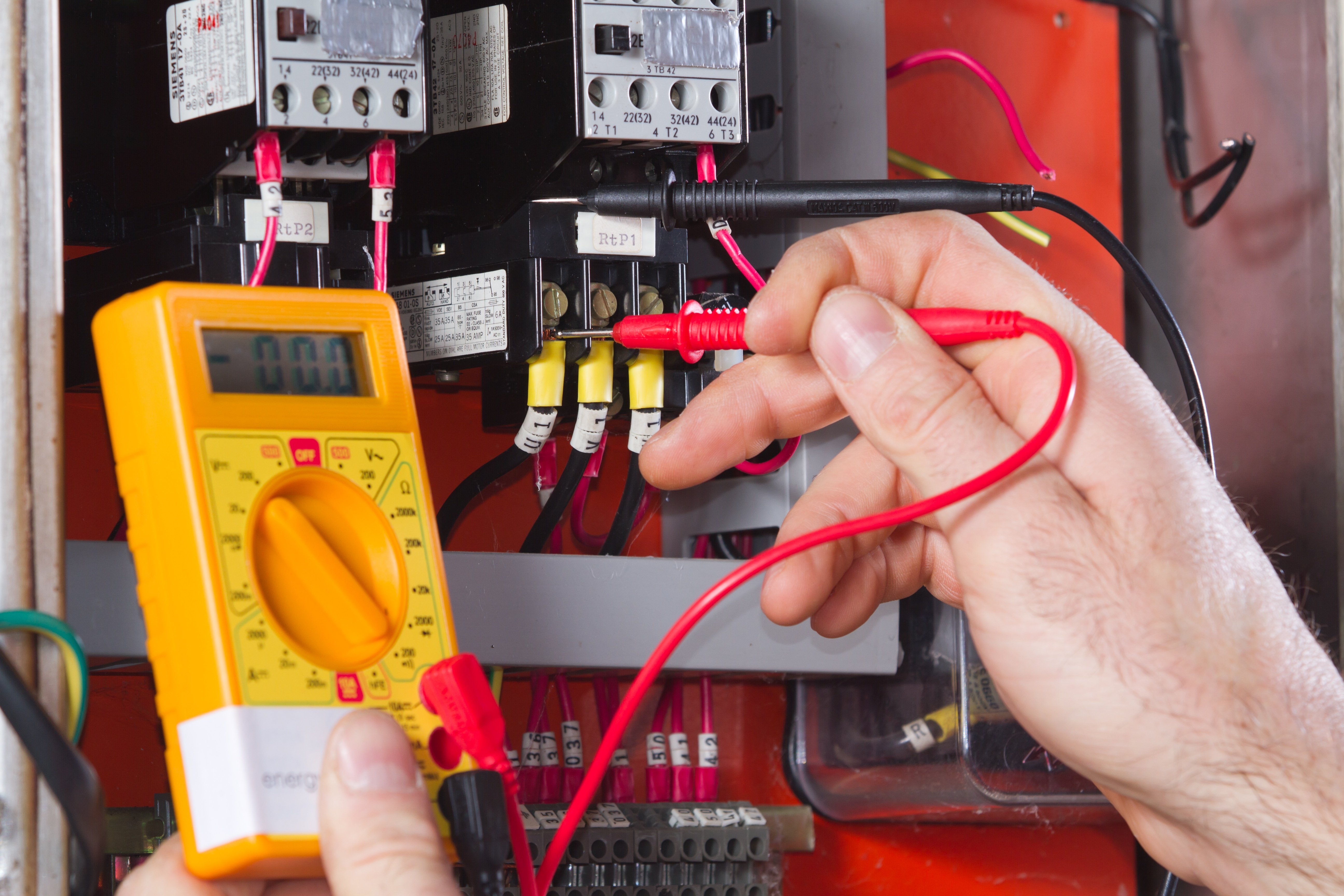Debunking Electric Setup: Comprehending Codes and Regulations for a Legal and Safe Setup
In the world of electric setup, adherence to codes and policies is critical to ensure both legality and safety and security. The intricacies bordering electrical work can be challenging, but acquainting oneself with the well-known requirements is essential to navigating this area with confidence. By understanding the complexities of the National Electric Code and regional building ordinance, people can guarantee that their installations fulfill needed safety procedures and are in conformity with the legislation. The journey to demystifying electric setup goes beyond simple familiarity with guidelines; it demands a profound understanding of exactly how to apply secure electric practices effectively.
Significance of Electrical Codes
The adherence to electrical codes is crucial in ensuring the security and reliability of electrical setups. Electric codes work as a collection of standards and guidelines that dictate the appropriate layout, installment, and maintenance of electrical systems. These codes are established to lessen the threat of electric dangers, fires, and other security worries that might emerge from faulty electrical work.

Moreover, electrical codes are regularly upgraded to incorporate brand-new technologies, ideal methods, and safety procedures. Staying upgraded with these codes is essential for specialists in the electrical sector to guarantee that their job meets the most up to date safety criteria. Ultimately, the value of electrical codes lies in developing a protected and reliable electric infrastructure that benefits both individuals and areas.
Key Laws for Safety
Numerous fundamental policies govern the security standards in electrical setups. One vital regulation is the National Electrical Code (NEC), which supplies standards for safe electrical style, installment, and inspection to protect people and property from electric dangers. The NEC covers facets such as electrical wiring approaches, grounding, overcurrent defense, and equipment installment to ensure a safe electric system.
An additional critical policy is the Occupational Safety and Health And Wellness Management (OSHA) criteria, which concentrate on the safety of workers associated with electrical setups (BRE Electrical). OSHA policies include demands for appropriate training, security procedures, and personal protective tools to prevent workplace crashes and injuries
Moreover, the International Electrotechnical Compensation (IEC) standards intend to integrate electrical installation laws on an international scale. These standards address concerns like electrical equipment security, electro-magnetic compatibility, and power efficiency to advertise uniformity and safety in electric installations worldwide.
Conformity with these crucial regulations is important to make sure the security and validity of electric installations, shielding both individuals and residential or commercial property from the threats connected with electricity.
Comprehending National Electric Code
Key guidelines such as the National Electrical Code (NEC) supply essential standards for risk-free electric design, setup, and inspection to make sure the protection of individuals and building from electrical threats. The NEC, also called NFPA 70, is a comprehensive set of criteria for electrical setups that are upgraded every 3 years. It is developed by the National Fire Security Organization (NFPA) and is widely embraced throughout the United States.
The NEC covers different elements of electric work, including electrical wiring techniques, grounding, overcurrent defense, and devices setup. It intends to guard individuals and building by attending to possible dangers associated with electric systems. Conformity with the NEC is generally applied by local authorities having territory (AHJs), such as constructing code officials and inspectors.
Comprehending the NEC is crucial for electrical specialists, developers, and assessors to ensure that installations meet the required security demands. By adhering to the NEC guidelines, experts can assist avoid electrical mishaps and guarantee the integrity of electric systems in property, business, and commercial settings.

Compliance With Local Building Regulations
Comprehending and sticking to neighborhood structure codes is important for making sure the safety and security and conformity of electric installations find this within a particular jurisdiction. These codes detail details requirements for electrical setups, such find more info as the type of electrical wiring to be used, positioning of electrical outlets, basing methods, and load capabilities.
When it comes to electric setups, failing to conform with local structure codes can result in severe consequences. Non-compliant installments might present safety threats, boost the risk of electric fires, and lead to costly penalties or legal concerns.
Making Sure Safe Electrical Practices
Practicing strict adherence to established safety and security methods is vital in the area of electrical installments to mitigate prospective dangers and make certain the wellness of individuals and residential properties. Security in electrical job includes various facets, beginning with the appropriate training of personnel entailed in setup, upkeep, and fixing. By focusing on risk-free practices, electric setups can click over here now function successfully while reducing the likelihood of crashes or damage.
Verdict
In final thought, adherence to electrical codes and laws is important for guaranteeing the safety and validity of electrical installments. Understanding the National Electric Code and conformity with local structure codes are important for a secure configuration. By adhering to these guidelines and exercising safe electrical techniques, individuals can stop potential hazards and guarantee the correct functioning of their electrical systems.